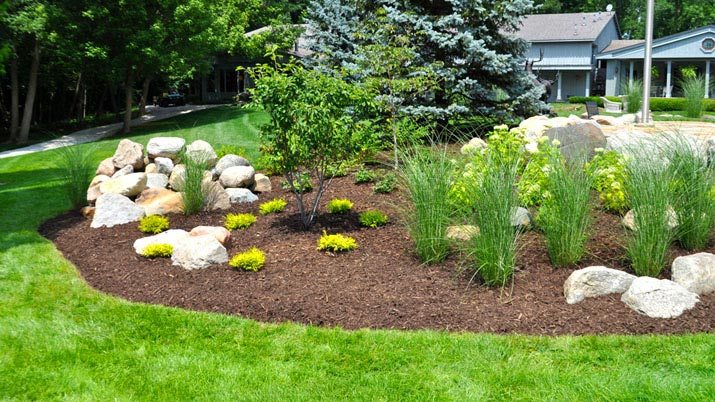Topsoil vs. Mulch: When to Use Each in Your Landscape

While topsoil and mulch might appear similar to the untrained eye, they serve fundamentally different purposes in landscaping. Understanding when and how to use each material can mean the difference between thriving plants and disappointing results. This guide will clarify the distinctions, applications, and best practices for both topsoil and mulch in your landscape projects.
Fundamental Differences Between Topsoil and Mulch
Before deciding which material to use, understand their basic characteristics:
| Characteristic | Topsoil | Mulch |
|---|---|---|
| Primary Composition | Mineral particles (sand, silt, clay) with organic matter | Organic materials (bark, wood chips) or inorganic (stone, rubber) |
| Primary Function | Growing medium for plants | Soil protection and moisture retention |
| Nutrient Content | Variable, can be amended | Low (organic mulches decompose slowly) |
| Placement in Landscape | Below grade or as fill | On top of soil surface |
| Longevity | Permanent | 1-3 years (organic), longer for inorganic |
When to Use Topsoil
Topsoil is your go-to material for these applications:
1. Establishing New Planting Areas
When creating new garden beds or lawns, topsoil provides the necessary growing medium, especially if existing soil is poor.
2. Leveling Depressions
Fill low spots in your yard with topsoil before seeding or sodding to create an even surface.
3. Improving Soil Quality
Mix topsoil with native soil to improve texture, drainage, or fertility in problem areas.
4. Raised Bed Construction
Fill raised garden beds with quality topsoil, possibly amended with compost for optimal plant growth.
When to Use Mulch
Mulch excels in these landscape situations:
1. Moisture Conservation
A 2-3" layer of mulch reduces evaporation, keeping plant roots moist and reducing watering needs.
2. Weed Suppression
Mulch blocks sunlight from reaching weed seeds, significantly reducing weed growth.
3. Temperature Regulation
Insulates soil, keeping roots cooler in summer and warmer in winter.
4. Erosion Control
Protects bare soil from wind and water erosion, especially on slopes.
Selecting Quality Materials
Not all topsoils and mulches are created equal. Follow these guidelines for best results:
Choosing Topsoil
- Look for dark, crumbly texture with minimal rocks or debris
- Premium blends should contain 20-30% organic matter
- Avoid "fill dirt" which lacks nutrients and proper texture
- For lawns, choose sandy loam; for gardens, loam with more organic matter
Selecting Mulch
- For most applications, choose shredded bark or wood chips
- Pine straw works well for acid-loving plants
- Stone mulch suits xeriscapes but can heat soil excessively
- Avoid dyed mulches unless certified non-toxic
- Fresh wood chips can temporarily tie up nitrogen—use aged material
Pro Tip:
Use our topsoil calculator and mulch calculator to determine exact quantities needed for your project. Remember that topsoil settles about 15-20% after application, so order accordingly.
